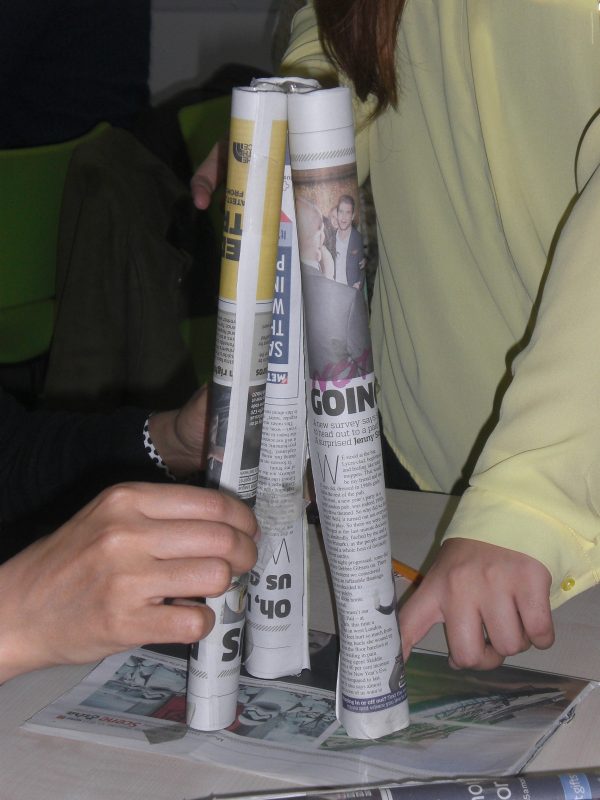
Source: N Brown
Many teacher training sessions focus on assessment and Dylan Wiliam’s approaches to classroom assessment are integral to such training sessions. However, I feel that we do not spend enough time on discussing assessment in the sense of marking student work. Trainee teachers will be told to provide feedback and verbal comments using approaches such as the “two stars, a wish” or “What went well, Even better if”, but we do not discuss the impact marking has on the students’ learning and the teachers’ workload, nor do we talk about how we could make marking more meaningful for our learners.
I teach assessment by providing real-life examples from teachers who have agreed for their marked work to be used. In addition, I supply extracts of publications that refer to specific aspects of marking to provide some theoretical background to assessment and marking. My learners then work their way through several stations in a circuit activity. On one such table, for example, teachers were provided with a student’s reflection and some information on how to mark reflections. The stimulus discussion questions for that activity included “Why and how would you assess reflections? What are the drawbacks of assessing reflections?”. These questions, in combination with the background reading on the purpose of reflective writings and assessment of the same, fostered deep level thinking. The use of a student on one of the work stations made the experience even more impactful, as teachers were confronted with the real voice from the classroom and thus had to consider the impact of marking and assessment on the students.
Another work station offered an extract from Allison and Tharby’s “Making every lesson count” and demonstrated symbol marking as an approach to assessment for learning. Whilst my learners struggled with the theoretical approach of this marking, they could see the benefit in getting students to think about their work more deeply rather than just quickly glancing over the feedback. Where I mark my learners’ drafts or assignments, I actually apply symbol marking, too. My feedback is therefore often just a sign such as “?” which stands for “ask yourself a question here”. Students will then have to look at their work and think about how to add more depth to their work by asking “why”, “how”, “how do we know”, “who”. The question mark thus helps turn students into critical thinkers. Similarly, I will refer students to guidance on how to edit well or how to read more systematically. When I refer to these examples in the training sessions my learners realise that they, too, can train and teach pupils to take more responsibility for their learning by using assessment as a starting point for development.
The training session about assessment works well although there is no final right or wrong about various aspects, such as the assessment of reflections. Trainee teachers become more aware and conscious of their role in creating criteria that pupils can work with.
Leave a message: